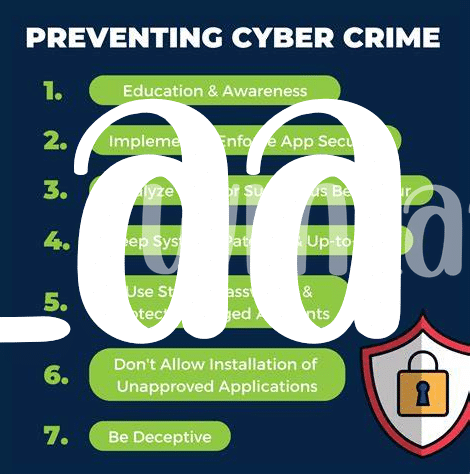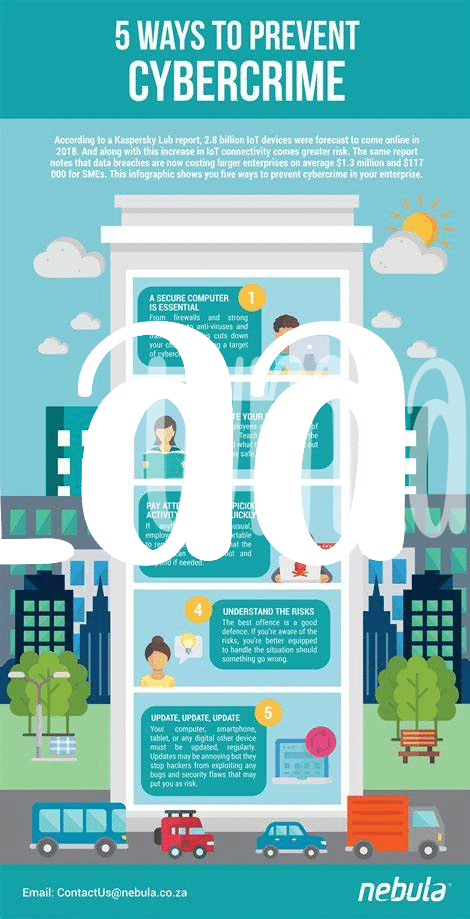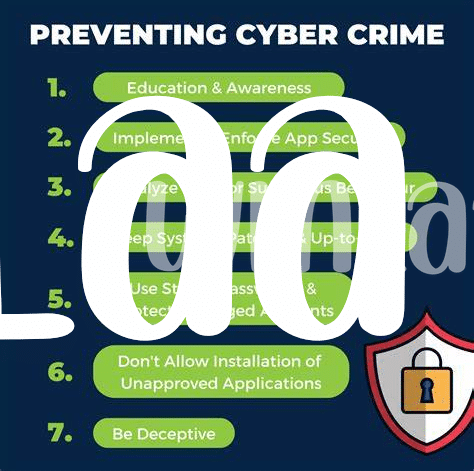Understanding Bitcoin Wallet Types 🛠️

Imagine keeping your digital coins safe, just like you’d carefully stash away a treasure map. In the world of Bitcoin, this map is what we call a wallet, and not all are created equal. There are mainly two kinds: the “hot” wallets 🌐, which are connected to the internet and are super handy for quick transactions, and the “cold” wallets 🧊, which are offline and like a vault for your digital gold, keeping it safe from online bandits. Each has its strengths, and choosing the right one depends on how you plan to use your Bitcoin. Just like deciding between a lightweight backpack for day trips and a sturdy suitcase for long treks, it’s crucial to match your wallet to your adventures in the cryptocurrency world.
| Wallet Type | Description | Best For |
|---|---|---|
| Hot Wallet | Connected to the internet, easy access. | Everyday transactions. |
| Cold Wallet | Offline storage, highly secure. | Long-term investment. |
The Importance of Strong Passwords 🔐
Just like your house key keeps your home safe, a strong password is the first line of defense for your Bitcoin wallet. Imagine your password as a unique secret that only you know, ensuring that no one else can peek into your digital treasure chest. In a world where hackers are constantly on the prowl, mirroring a lock with intricate patterns, your password needs to be complex and hard to guess. It’s more than just a key; it’s a personal guardian of your digital wealth. Crafting a strong password involves mixing letters, numbers, and symbols, making it a hard nut to crack for anyone with prying eyes. As we dive deeper into the digital age, understanding and applying this principle becomes crucial, especially when considering the future implications of advancements like quantum computing on Bitcoin’s security. For a deeper dive into navigating Bitcoin’s security landscape, especially with the advent of new technologies, check out https://wikicrypto.news/navigating-bitcoins-future-quantum-computing-security-strategies. This knowledge not only protects your digital assets today but prepares you for the evolving security challenges of tomorrow.
Regularly Updating Wallet Software 🔄

Just like you wouldn’t drive a car without regular check-ups, you shouldn’t use a bitcoin wallet without keeping the software up to date. Think of each software update as a new layer of protective paint on your digital treasure chest. These updates often include fixes for known issues and patches for vulnerabilities that could be exploited by bad actors. So, by staying current, you’re not just adding shiny features; you’re reinforcing the walls against intruders.
Now, imagine you’re in a constantly evolving cityscape, where roads change overnight and new buildings pop up. If you don’t update your map, you’ll get lost. Similarly, the digital landscape of cryptocurrencies is always changing. New threats emerge, and developers continuously work to stay a few steps ahead. Updating your wallet software is like updating your map in this rapidly shifting world. It ensures you navigate safely, keeping your digital currency secure from the lurking dangers of the online world. Plus, it’s a simple step that can save you a lot of headaches down the road.
Utilizing Multi-factor Authentication 🤖

Imagine your digital wallet is like a treasure chest. Keeping it under just one lock might seem secure, but what if someone sneaky finds the key? That’s where adding an extra layer, like a puzzle only you can solve, comes into play. This additional safeguard is akin to what tech folks refer to when they chat about having more than one way to confirm it’s really you trying to access your treasures. It’s like the bank asking for a secret code from your phone after you’ve entered your password, ensuring that even if someone has your password, they can’t get in without also having your phone. This method is especially critical in the digital world of Bitcoin, where your wallet isn’t just holding spare change but potentially a small fortune. Keeping up-to-date with the latest ways to protect your assets becomes even more crucial as the world of cryptocurrency evolves. For those looking to deepen their understanding of these changes, including how different digital currencies stack up against each other and the shifting regulatory landscapes, check out tracking global bitcoin adoption trends in 2024 regulatory outlook. This approach isn’t just an extra step; it’s a necessary one to outsmart those lurking around the corner, waiting to jump at the first sight of an unprotected treasure chest.
Implementing a Secure Backup Strategy 💾
Keeping your digital coins safe is a lot like making sure a treasure chest stays buried and unharmed. Imagine you’ve got a map to that treasure chest – your Bitcoin is the treasure, and the map is your backup strategy. Just like any wise pirate, you wouldn’t stick to just one map. You’d make a few copies and keep them in different, secure spots. This is the essence of a good backup plan for your Bitcoin wallet. It’s not just about having a backup; it’s about spreading those backups around so that if one gets lost or damaged, you’re not suddenly without access to your treasure.
Creating backups of your Bitcoin wallet can give you peace of mind. Think of it like saving your game progress in multiple slots before you tackle the big boss. If something goes wrong, you have options. But remember, it’s not just about making backups; it’s about where and how you store them. Here’s a simple guideline to consider:
| Backup Type | Storage Method | Security Tips |
|---|---|---|
| Physical Copy | Safe, deposit box, with a trusted person | Use waterproof and fireproof containers |
| Digital Copy | Encrypted drive, secure cloud storage | Use strong passwords and two-factor authentication |
By spreading your backups both physically and digitally, you lessen the risk of losing access to your Bitcoin. It sounds like a lot, but it’s as simple as keeping your treasure map copies in different places. Just like you wouldn’t leave all the pieces of the map in the same spot on the ship, distribute your wallet backups wisely. It’s the smart play and a crucial step in making sure your digital treasure is always within reach.
Beware of Phishing Attacks 🎣

In the digital age, where your money lives online in the form of digital currencies like Bitcoin, thieves have also gone digital, becoming smarter at tricking you into giving them access to your funds. They use sneaky tactics like sending fake emails or messages that look like they’re from trusted sources. These messages might ask you to click a link or confirm your wallet details, but don’t be fooled! Clicking on these links could give hackers access to your Bitcoin wallet, and just like that, your funds could vanish into thin air. 🛡️📧 Always check the authenticity of messages, especially those that ask for sensitive information. A good rule of thumb is to directly visit the official website instead of clicking on links in emails or messages. And for those looking to future-proof their digital assets against emerging threats, consider exploring options to make your Bitcoin holdings more secure against sophisticated challenges, including how to be prepared for quantum computing advances. For more on this, see making micropayments feasible with bitcoin versus ethereum. Remember, in the battle for your Bitcoin, knowledge, and vigilance are your best allies. Stay alert! 🚨
